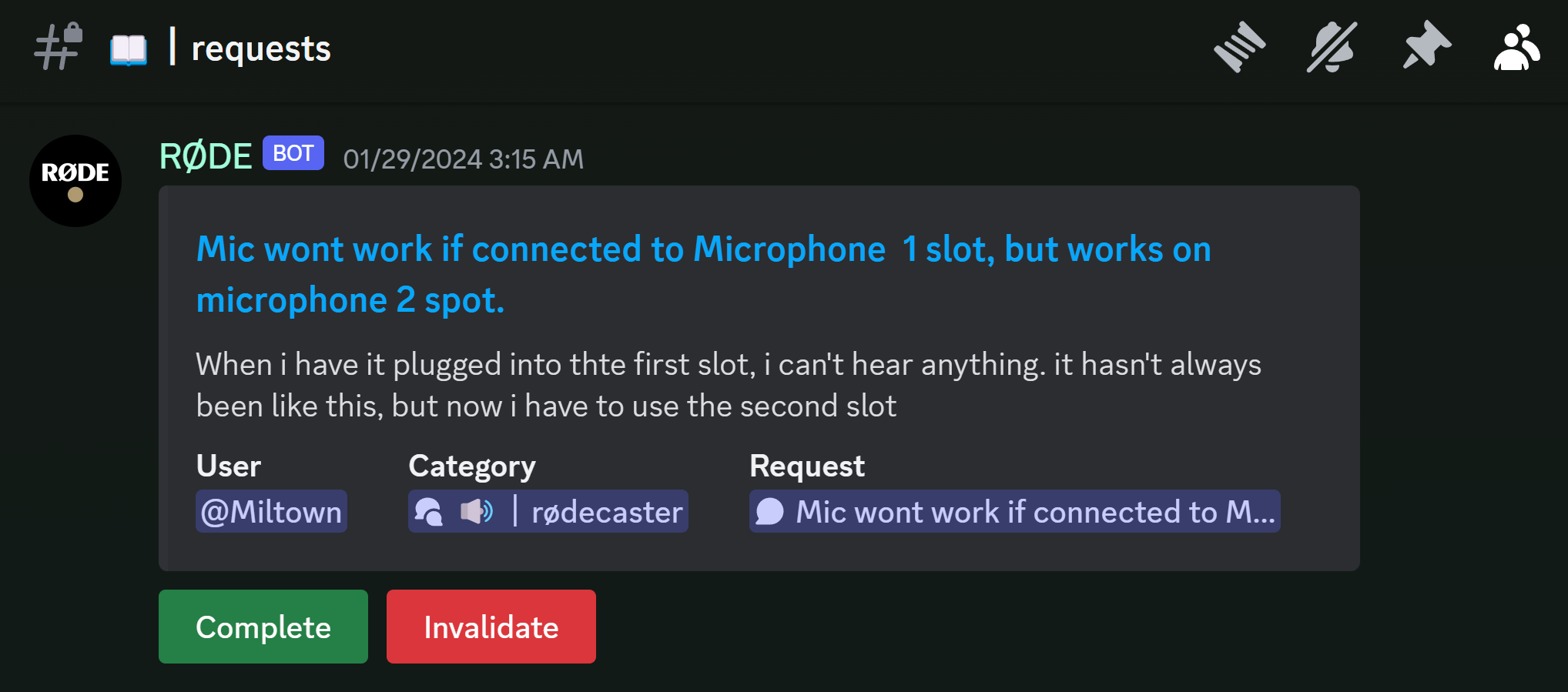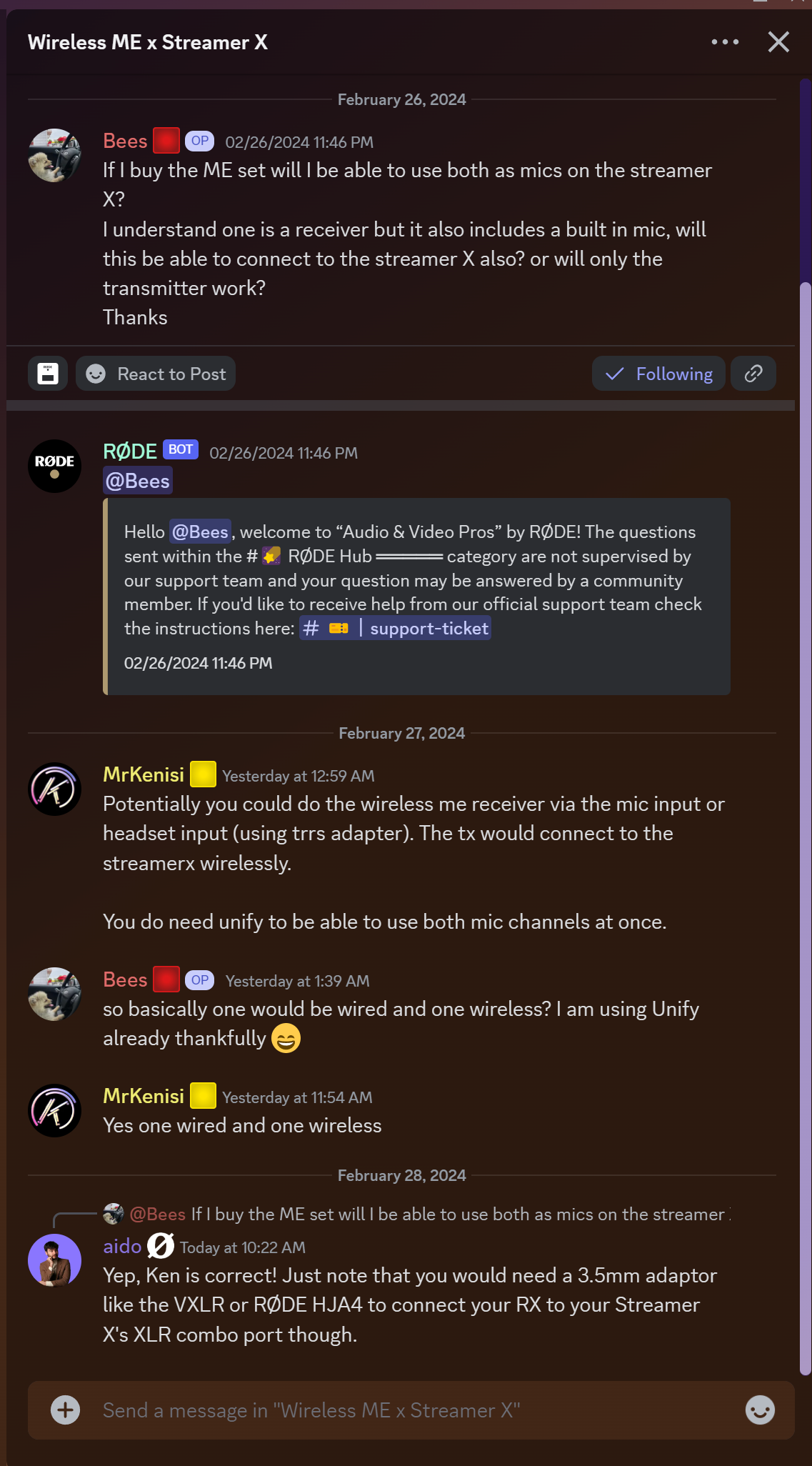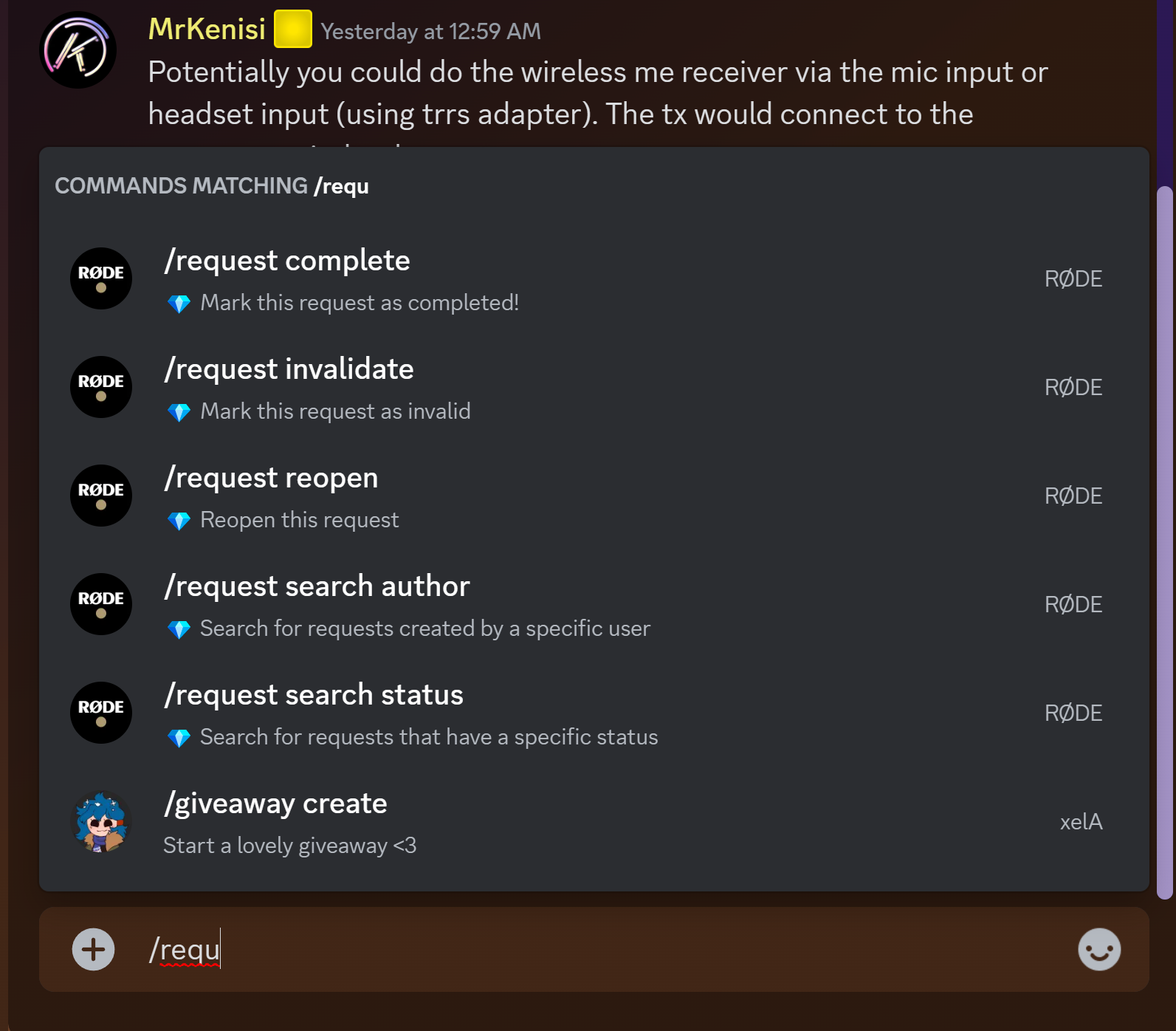Communities seem like the secret sauce for new products and media orgs these days. But manage them wrong, and it can backfire spectacularly!
Bottom line
We learned that to keep helpful, positive, engaged users, we couldn’t afford to:
- Let toxic behaviour fester
- Ignore the community’s feedback
- Seem distant or uncaring
People have options! Give them a bad experience, they bounce. This is especially true for those “superusers” whom you’re hoping develop into the heart and soul of your community.
We took a different approach
Respect, acknowledgement, thanks We realised if we were asking for the community’s help, time, or support, we owed them those three things in return, as a bare minimum.
The “ECHØES” role was an effective way to do that. Every month, we assign the ECHØES role to the users who post the most messages in our “help” channels. That’s it! If you help, you get it.
Prioritize your helpers I really do empathise with customers who have spent a lot of money on equipment that they’re having a bad experience with. I’ve been there before myself! So this can be a hard truth for brands to understand.
Ultimately, customer service reps are trained to deal with difficult people. Your community helpers aren’t, and also, they aren’t being paid. They will keep helping you – if they don’t feel like they need to deal with toxic behavior.
Don’t you dare overpromise Communicate honestly about what you think a fair relationship looks like. Sugarcoating the language you’re using to demarcate roles and boundaries won’t help anyone. Don’t create expectations you can’t (or won’t) deliver on.
Make helping easy If you want your community to do something, the easier it is to do, the more they will do it! More on this below.

MVP Prize:
Our server was growing, and so were the number help requests from server members. I was swamped and couldn’t keep up. So, we created a monthly “MVP” prize for the most helpful community member. Since then, the amount of time and energy they’ve provided to the server has been immeasurable. I couldn’t be more grateful.
How we made helping easy
Community support ‘macros’
To respond to common requests, our support team on Zendesk use ‘macros’ to automate long responses with a few characters. We built a similar system on our server, which anyone can use.

It’s easy to tell someone “go to the support team here: [link]” but this macro tells the user a few important notes that can improve their support experience significantly.
Requests system
Standard community reporting tools can be limited. We solved this with “requests”, a custom-built ticketing system within our Discord server. It tracks open/closed help requests and automatically rewards users who provide assistance.

This is what our ECHØES (helpful power-users) see when in the “requests” channel.
How does this system work?
Here’s a request where the user’s question has been fully answered. MrKenisi got almost the whole way there, and I jumped in at the end to clarify further.
I type /request complete to activate the command to close the request.
This opens a dialogue box where I can select the users who have been helpful to close the request. “Bees” was the user who opened the request, so I’m going to deselect him.
The request is closed, and our database has helpful and accurate information about who is helping out on our Discord server!
The user only sees the bottom message from the RØDE Bot, which explains that the request has been closed, but they can still chat and ask questions if they’d like.
So, how did it go? 📈 Proving It
What did we learn from making this all work?
🏠 What I Learned Building the RØDE Community
Community structure:
💜 Community Strategy (Respect helpers, give them tools)
Community content strategy:
🎓 Community Content Strategy (Learn from audience misconceptions)
Using community data:
😎 Using Community Knowledge (Yep, another guy making chatbots)
Creating custom solutions:
🗺️ Creating a Meaningful Community UX (with Discord)
Service design:
🪄 Service Design (Brands compete on user experiences)
Proving it:
📈 Proving It (Result- chart line go up!)
Misc.
🌐 Why Discord? ❔ Further questions for discussion 📜 Footnotes 👋 Meet the team- one other guy




